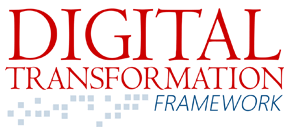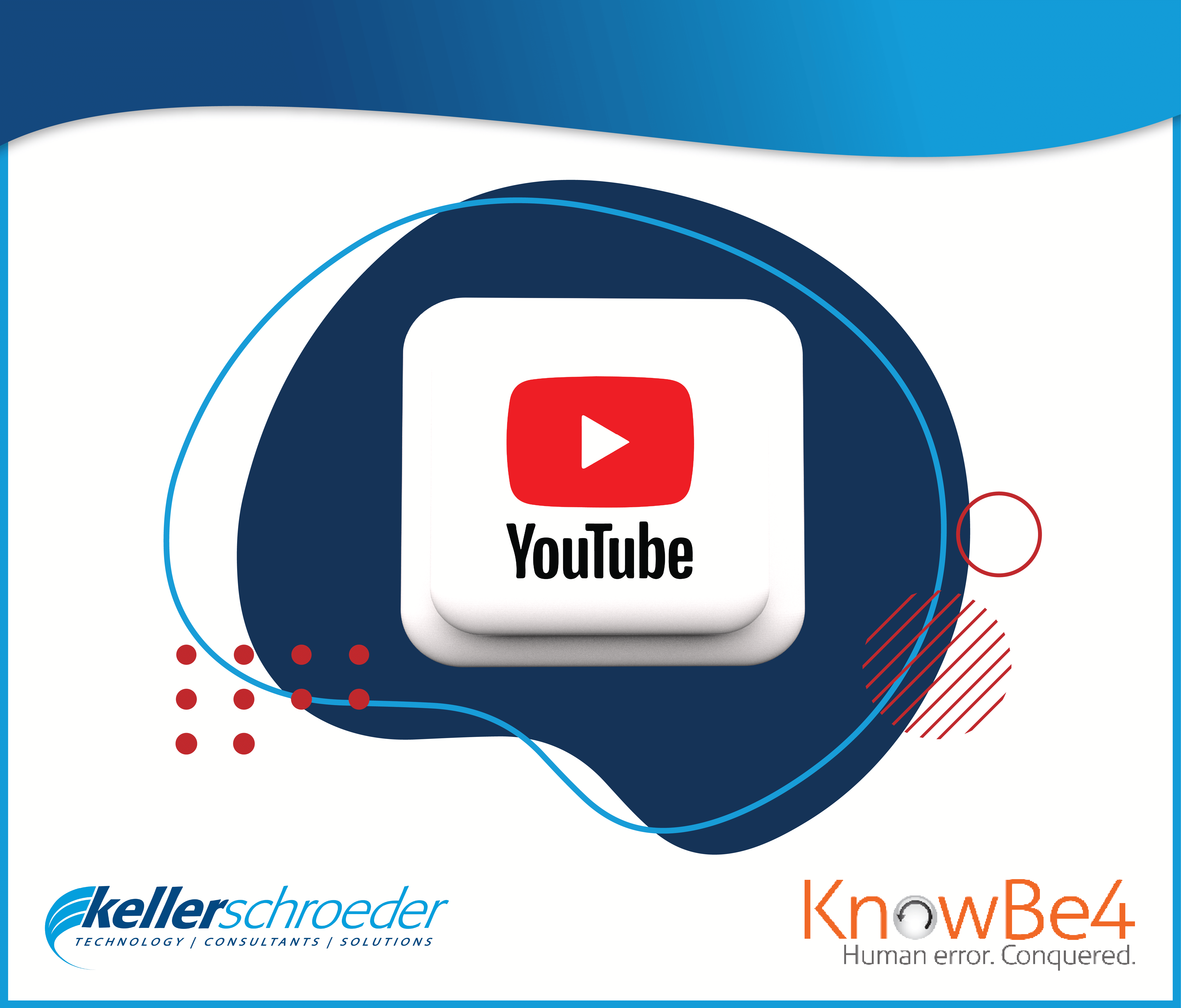Asking extra questions to truly understand and clarify a problem can help companies easily identify and implement solutions.
Jack had a problem. His customers weren’t paying their invoices on time. It was affecting his cash flow. He made invoices available on the customer portal and emailed the links to his customers. He changed his customer portal to display a prominent reminder message when a delinquent customer logged in. The change had no effect. He decided to send daily email reminders of past due amounts instead of weekly. No difference. He finally started calling people. He asked one, “When are you going to be able to pay this bill?” The customer replied, “What bill?” Jack explained that the customer portal should display that he was delinquent, and the customer explained that he never uses the customer portal. When Jack asked the client if they received the automated emails, the answer was also no. Why wasn’t the customer using the portal? Why wasn’t the customer receiving his emails? It is the most powerful question you can ask when problem-solving: “Why?” It certainly helped Jack understand how to serve his customers better.
Jack started a list of all the reasons customers told him they didn’t get his emails:
- The email address was invalid
- The email was being sent to the wrong person
- The email ended up in a spam folder
- The customer gets slammed with emails and it got lost in the shuffle

Jack was starting to get concerned about solving all these email problems when something remarkable happened. One of his employees asked, “Why are we sending our invoices via email anyway?” Reframing the question this way changed everything. They started emailing invoices ten years ago and technology had advanced a lot since then. Jack started asking his customers how they preferred to receive their invoices, how they received invoices from others, and what integration options they had available. He was surprised to learn that 40% of his customers were able to integrate with his system via Electronic Data Interchange (EDI) or Application Programming Interfaces (API). Not only would this integration assure prompt receipt of the invoices, it would also allow for payments to be remitted several days quicker electronically. Jack formed a hypothesis and got his team to work on an integrated solution to test the market. What Jack stumbled upon was a new way of thinking, for him, that was based on a decades-old methodology know as Lean Problem Solving.
There are several proven problem-solving frameworks employed by enterprises large and small that Jack could have utilized. Companies like Toyota, Ford Motor Company, and General Electric have created their own frameworks to assure consistent problem-solving techniques in their organizations. Some of them have become industry standards. Individual thought leaders have developed frameworks as well. Almost all of them start with assuring you have a rock-solid problem statement that needs to be solved. Is it well-articulated? Whose problem is it? How will you know if it is resolved? Is it even the right problem in the first place?
In her book Clarity First, Karen Martin gives a general overview of some of these problem-solving techniques, then introduces her own framework called CLEAR Problem Solving (Clarify – Learn – Experiment – Assess – Roll Out). A practitioner of the industry standard problem-solving techniques, Karen seeks to simplify problem-solving for the rest of us by introducing the key elements. By articulating the problem (a gap between where you are and where you want to be) with clarity and learning as much as you can about the root causes, you position yourself better to experiment with appropriate countermeasures. Assessing a countermeasure, you will decide whether to adopt, adapt, or abandon it. Adopted countermeasures are rolled out and monitored for effectiveness. Learn more about Ms. Martin’s framework at https://tkmg.com/books/clarity-first/ (Click the “CLEAR QUESTIONS” link on the left-hand side).
Of course, Jack’s problem led to countermeasures involving process improvement and technology advances. In fact, the Integration tenet of our Digital Transformation Framework was what the doctor ordered. To read more about the Integration tenet, check out this article by my colleague.
We know not all business problems involve technology solutions. It is not uncommon for a client to ask us to propose a technology solution to a business problem that we determine is not a technology problem at all. At other times we might even suggest simply reconfiguring a solution you already have in place but aren’t using to its full potential. We come to those conclusions by asking the extra questions to truly understand the problem you are trying to solve. Don’t be shy. If you want a second opinion, another set of eyes, or an assessment of your current state, reach out to us as you are framing the problem, and draw from our experience in solving business and technology problems across various industries since 1978.

Keller Schroeder’s Digital Transformation Framework includes tenets to help you identify, prioritize, execute, and learn from transformational initiatives to better prepare you for the next disruption – whatever it may be! Click here to download your complimentary copy.
Think Digital. Embrace Clarity. Increase Advantage.
Written By:

Rob Wilson
Principal Consultant, Southeast Region
Keller Schroeder




